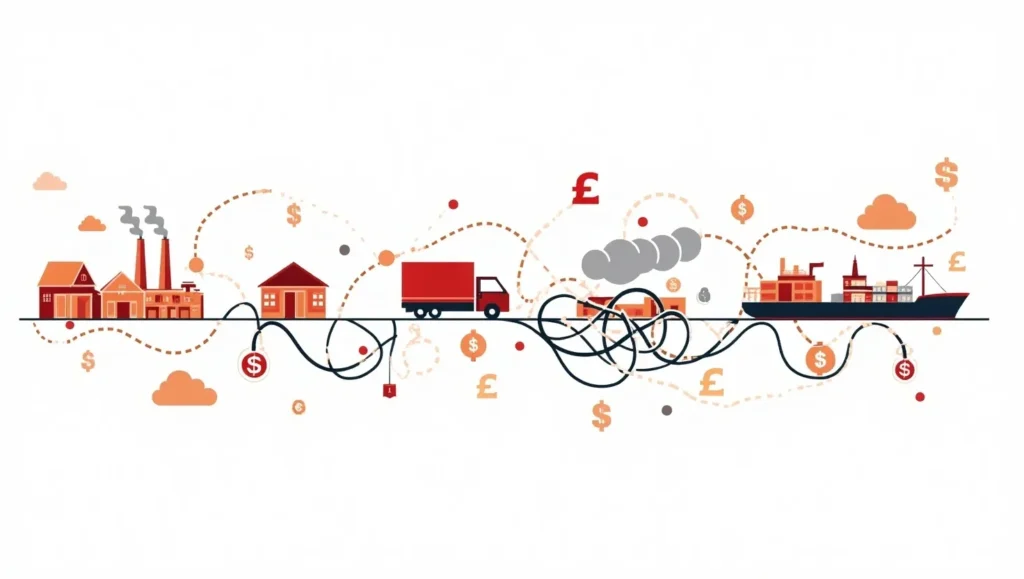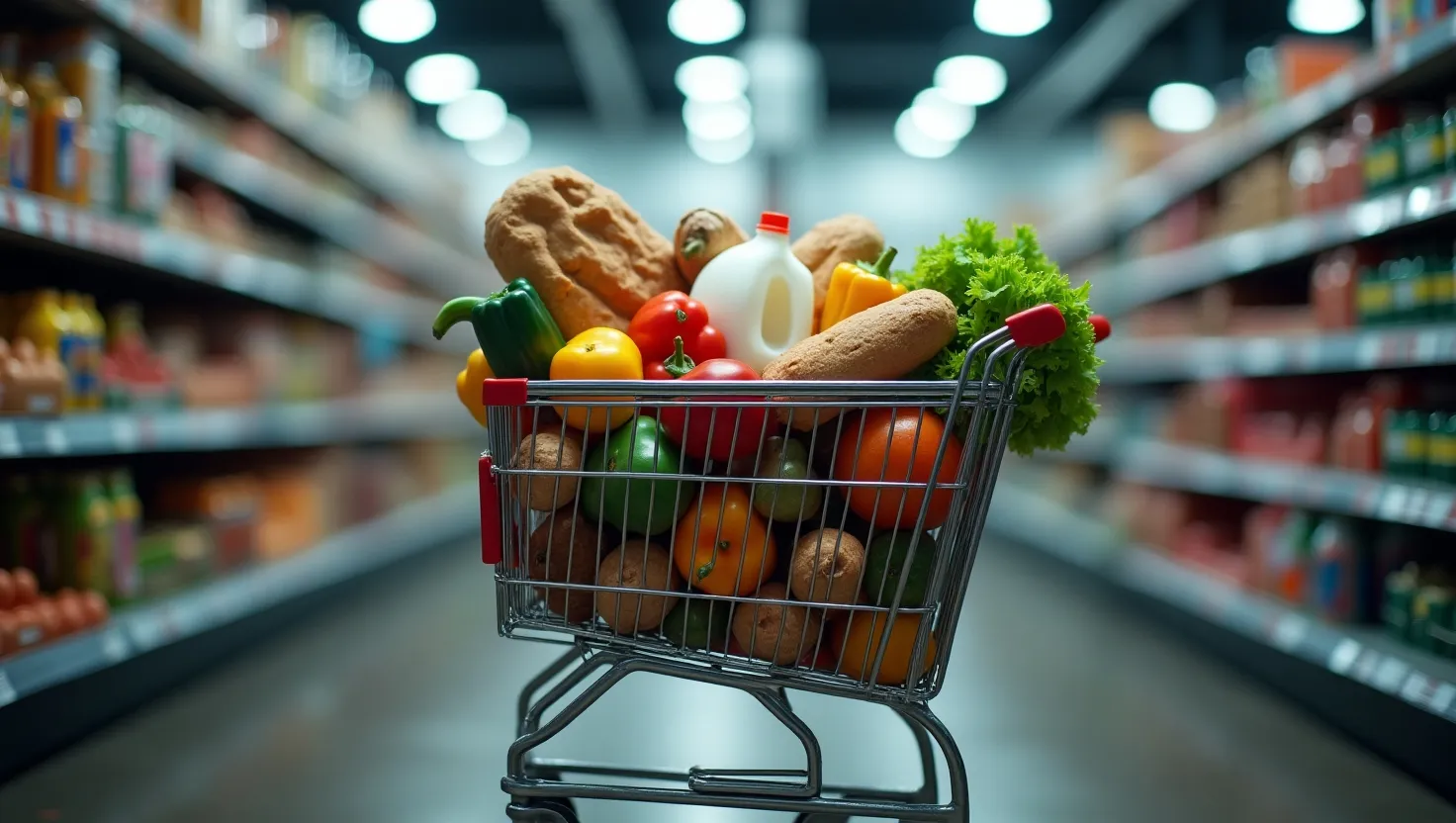Global Food Shock: Analyzing Rising Food Prices and Supply Chain Challenges in 2025 (USA, UK, Canada)
Introduction: The cost of putting food on the table has become a pressing concern for households across the USA, UK, and Canada. As we navigate 2025, the world is grappling with a significant global food shock, characterized by rapidly rising food prices and persistent supply chain challenges. This crisis, fueled by a complex interplay of geopolitical events, climate impacts, and economic pressures, is affecting consumers, farmers, and governments alike. This article delves into the latest trends driving these escalating costs and examines their profound implications for our target countries and the wider global economy.
The Unfolding Food Crisis: Drivers of Rising Prices in 2025
This section will detail the primary factors contributing to the current food price surge.
Geopolitical Tensions and Conflict
- Impact on Grain Supply: Discuss how ongoing conflicts in key agricultural regions disrupt grain and fertilizer exports, affecting global prices.
- Trade Routes: Mention blockages or increased costs along traditional trade routes.
Climate Change and Extreme Weather Events
- Crop Failures: Explain how droughts, floods, and unseasonal weather patterns are severely impacting crop yields in major food-producing nations.
- Regional Examples: Briefly cite recent climate-related agricultural challenges in specific regions.
Energy Costs and Inflationary Pressures
- Fuel Prices: How high oil and gas prices increase costs for farming, transportation, and processing food.
- Broader Inflation: The general rise in prices leading to higher production costs for food manufacturers.
Supply Chain Snags: Getting Food from Farm to Table
This section will analyze the persistent challenges in food distribution.
Lingering Post-Pandemic Disruptions
- Labor Shortages: Continued scarcity of workers in farming, processing plants, and logistics (truck drivers, port workers).
- Infrastructure Stress: Overburdened ports, warehouses, and transportation networks.
New Logistical Hurdles
- Shipping Costs: Elevated global shipping rates impacting imported food products.
- Border Delays: Geopolitical shifts or new regulations causing slowdowns at borders.
- Storage and Waste: Challenges in maintaining fresh produce due to transport delays, leading to waste.

Impact on USA, UK, and Canada Households in 2025
This section will detail how rising food prices affect everyday consumers in your target regions.
Stretching the Grocery Budget
- Higher Bills: Families paying significantly more for weekly groceries.
- Dietary Changes: Some households forced to buy less nutritious, cheaper alternatives.
- Food Insecurity: Growing concerns about food access for low-income families.
Government and Retailer Responses
- Subsidies/Aid Programs: Briefly mention any government initiatives to support vulnerable populations.
- Retailer Strategies: How supermarkets are trying to manage costs (e.g., private labels, price freezes on some items).
Long-Term Food Security Concerns
- National Strategies: Discussions within USA, UK, and Canada about strengthening domestic food production and resilient supply chains.
- International Cooperation: The role of global partnerships in ensuring food availability.
Strategies for Consumers to Navigate High Food Prices
Practical tips for individuals to manage their grocery budgets.
- Meal Planning & Budgeting: Plan meals around sales, use digital coupons.
- Buy Smart: Purchase in-season produce, utilize store brands, buy in bulk for staples.
- Reduce Food Waste: Learn to store food properly, use leftovers creatively.
- Cook More at Home: Significantly cheaper than dining out or ordering takeout.
- Consider Growing Your Own: Small vegetable gardens or herb pots can help offset costs.

Conclusion: The global food shock of 2025, driven by complex geopolitical, climatic, and economic factors, presents a significant challenge for households in the USA, UK, and Canada. As rising food prices and persistent supply chain disruptions become the new normal, understanding these trends is crucial. By adopting smart consumer strategies and advocating for resilient food systems, individuals and governments can collectively work towards ensuring food security and navigating these turbulent times.

